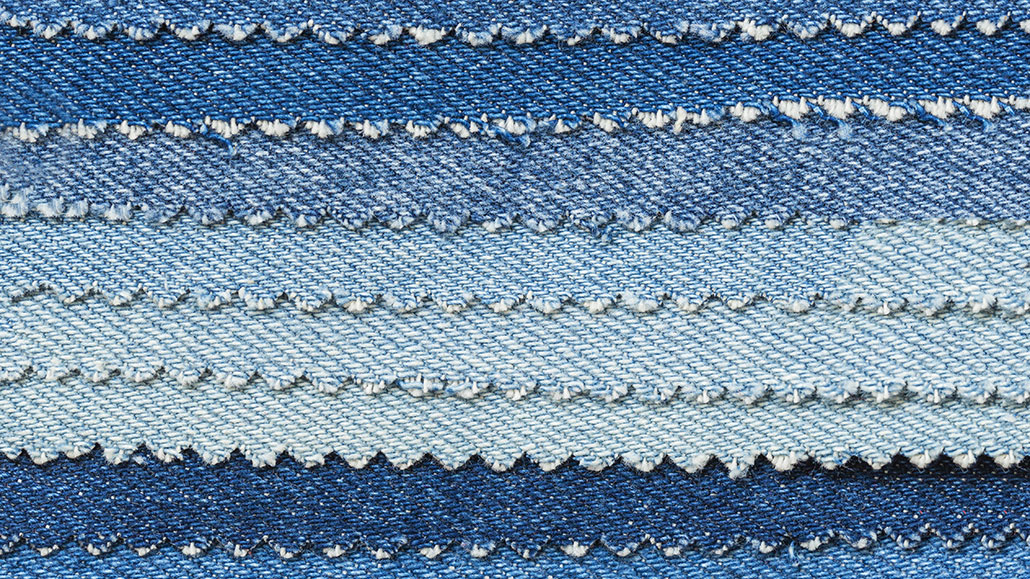Questions for ‘Turning jeans blue with sunlight might help the environment’

Denim yarn exposed to sunlight can change color, researchers noticed. They found indican can react with light to develop its iconic blue hue.
Svetlanais/iStock/Getty Images Plus